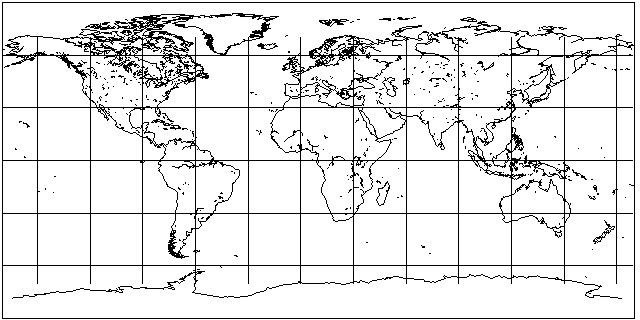
Perhaps about the only place where you will have seen this projection, also known as the Equirectangular:

is on the wall of Mission Control at NASA. For azimuthal projections, even the equal-area forms are commonly found in atlases, and the azimuthal equidistant projection is a good compromise projection. But for cylindrical projections, favor tends to tilt in the conformal direction.
However, the transverse case of this projection, also known as Cassini's projection, can be used for areas narrow in longitudinal extent, instead of using the polyconic, and, like the polyconic, the rectangular polyconic, and the Transverse Mercator, it has been used for large-scale survey maps in some countries.
As noted for the Mercator, the transverse case of a cylindrical projection has relevance for astronomy, and thus it's not surprising that this was originially devised as a projection by the discoverer of the first known gaps in the rings of Saturn.
Another use for this projection is the images used as input by programs that create maps not by drawing lines, but by filling in each pixel with the correct color, to permit making relief maps.